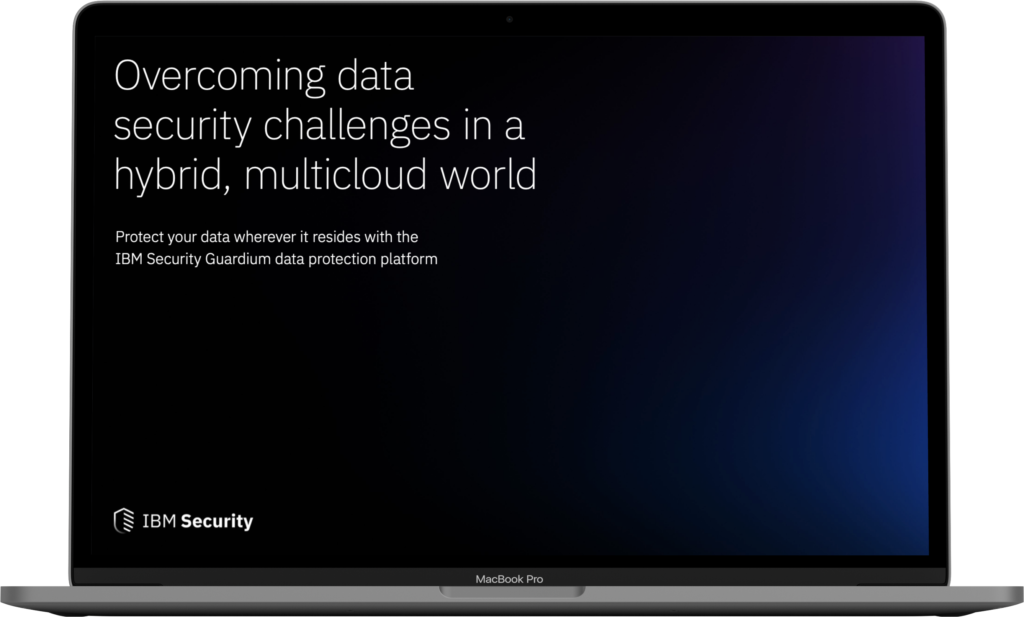Managing IT Operations has become more and more challenging as it tries to adopt to changing application and infrastructure landscapes, as well as hybrid cloud environments, while at the same time having to minimize resources, respond faster to business requests, and deliver zero downtime. Modern businesses rely completely on IT to support and enable business activities. Service downtime translates directly to lost revenue and a damaged brand.
IT operations need to understand exactly what is happening in the entire IT environment, precisely as it happens, by having a holistic view of the entire landscape, consolidating in many cases events, metrics and topology from different tools and technologies. These specialized tools could be for example application performance monitoring, system & virtualization monitoring, network monitoring, etc. The aim is to combine those tools in a unified operations console and blend them with the knowledge of the service topology and its underlying infrastructure.
Having a unified operations console is the first step for ensuring that IT Operations have a single source of truth for the events across the whole IT landscape. The second step is to analyse the events and find correlations between them, that will help understand the business impact of such events and distinguish the symptoms from the root cause events. Having the knowledge of the application and infrastructure topology from a central Configuration Management Database (CMDB) and automated discovery is key. This topology is feeding the unified operations platform. Incoming events are associated with the corresponding configuration item (CI) they affect. Propagation rules combined with the service topology allow each event to properly affect the correct service or services. This is called business impact analysis and is one of the benefits of a modern unified operations solution. It allows having a clear view about the health (availability and performance) of a business service at any point in time.
The unified operations solution is also capable to tag the events as root causes or symptoms, by knowing the topology and its interdependencies, and thus help the operators understand quickly which system or application component needs to be fixed first in order to ensure quick service restoration. This is called root cause analysis and it is another important benefit of a unified operations platform.
As infrastructure and applications have become more complex and dynamic, unified operations solutions have evolved. Analytics/ Machine Learning and Automation are two major drivers for the modernization of operations solutions.
Analytics and Machine Learning have many IT Operations use cases, starting from the ability to detect abnormal behaviour based on patterns and baselining and not just deterministic monitoring policies and rules. For example, instead of defining a static threshold for a performance metric, a modern solution allows to automatically build baselines and detect deviations, which can result in creating events in the unified console. A second use case is to be able to detect correlations between different metrics, which could indicate a causal relationship. A third use case has to do with log analytics, and the ability to stream logs and be able to “find the needle in the haystack”, by analysing potentially millions of logs and tagging those that seem to be the most significant and should be at the attention of an expert.
Automating as much as possible is also key in coping with complex and dynamically changing IT landscapes. Some common use cases of automation in Operations Management, include the ability to automatically deploy the monitoring policies when a new IT component is added or changed, the ability to automate the creation of an incident in a ticketing platform from an event, as well as the ability to trigger automatic corrective actions or workflows for remediating root cause events (like for example restarting a service or scaling out a server infrastructure to accommodate for increased load).
Micro Focus Operations Bridge combines all the above characteristics of a modern Unified Operations Management solution. Performance Technologies has helped many organization from different industries (Telco, FSI, Utilities and others) deploy Unified Operations Management solutions, by analysing their IT environment, business services and monitoring landscape, designing and implementing the corresponding Operations Bridge solution.
